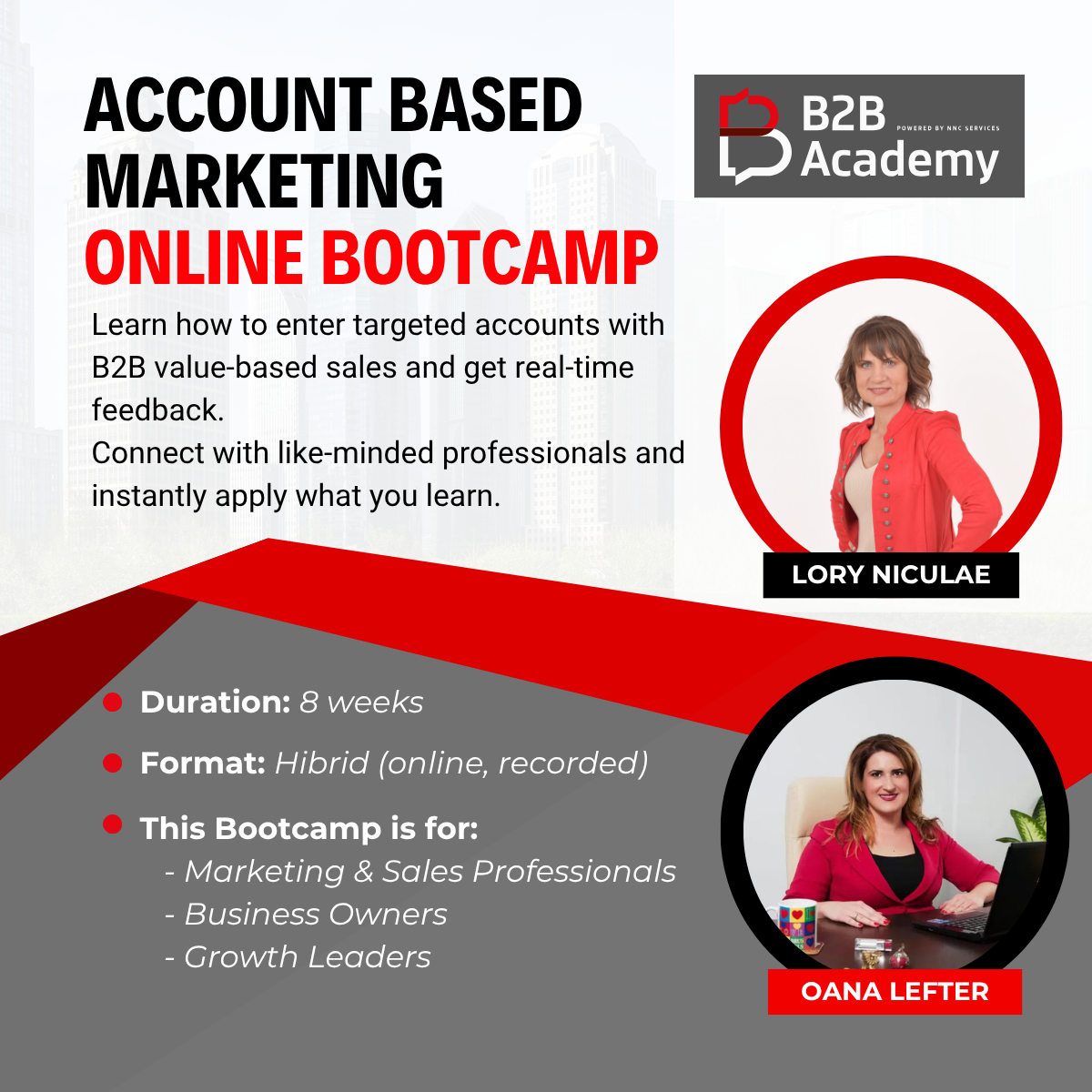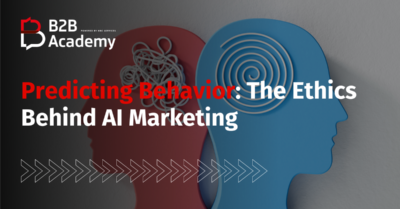AI has become the marketing world’s favorite buzzword. Everyone claims to use it. Every tool promises it. Yet when you ask most marketers what “machine learning” actually means, the answers often sound… fuzzy.
If you’ve ever nodded along in a meeting pretending to know how your “AI personalization platform” really works, don’t worry. You’re in good company.
This post is your myth-busting guide to understanding what’s actually happening under the hood of machine learning in B2B marketing and why some of the most common assumptions are holding teams back from using AI wisely.
1. “AI knows what customers want.”
Wouldn’t that be great? Unfortunately, AI isn’t a mind reader.
Machine learning models don’t “know” anything in the human sense. They learn patterns from data what behaviors led to conversions, what customers clicked, or what products often appear together.
What this means for you:
- If your data is biased or outdated, your AI will simply automate that bias.
- AI can predict likelihoods, not intentions.
- The “smartness” of your system depends entirely on the quality and freshness of your input data.
So before asking what AI can do for you, ask what your data is doing to your AI.
2. “The more data, the better.”
Marketers love big data. But machine learning isn’t a buffet; piling your model with endless inputs doesn’t always make it smarter.
Sometimes, too much irrelevant data confuses the algorithm. It starts to overfit basically memorizing noise instead of learning real relationships.
Instead:
- Focus on relevant, clean data tied to your goals.
- Remove duplicates, inconsistencies, and stale records regularly.
- Validate your training sets, especially when pulling from different systems (CRM, ERP, e-commerce, etc.).
Quality > quantity every time.
3. “AI replaces human judgment.”
Here’s a comforting truth: no AI can replace your marketing intuition, yet.
Machine learning excels at spotting patterns faster than you can blink. But it lacks something crucial: context.
It doesn’t know why your top client suddenly reduced orders last quarter or how a regional regulation affects buying cycles. That’s where your human brain still leads.
The real power comes from the mix:
- AI identifies correlations; humans determine which ones are significant.
- AI personalizes offers at scale; humans craft the strategy behind it.
- AI measures patterns; humans read the story behind the numbers.
The most successful B2B teams use AI as a co-pilot, not a driver.
 4. “Once trained, the model runs itself.”
4. “Once trained, the model runs itself.”
If only. In reality, AI models need constant tuning, like a machine that loses calibration over time.
Market trends shift, customer behaviors evolve, and new data flows in daily. Without retraining, your model starts producing irrelevant or misleading outputs.
Here’s what you should actually be doing:
- Schedule regular model retraining sessions.
- Monitor accuracy and drift metrics (yes, “AI decay” is a real phenomenon).
- Test results against real outcomes, not just historical performance.
If you’re still using the same model from six months ago, you might be personalizing your campaigns for customers who no longer exist in your target segment.
5. “AI decisions are objective.”
This one’s tricky. AI feels objective because it’s math-driven. But remember: algorithms reflect the data we feed them, and data reflects human choices.
Bias doesn’t disappear; it just goes digital.
For example:
- If your training data mostly includes large clients, your AI might undervalue smaller, fast-growing ones.
- If your data captures past “successful” deals, it might reinforce the same targeting patterns, ignoring new opportunities.
AI is only as fair — and forward-looking — as the humans designing and auditing it.
So, What Should B2B Marketers Do Differently?
Here’s how to work with AI instead of being dazzled by it:
- Start with the business question, not the tool. Ask: “What decision could we make better with data?”
- Clean your data before training any model. Garbage in, garbage out, no exceptions.
- Build human checkpoints. Marketing teams should regularly review AI outputs for accuracy and bias.
- Train your people, not just your models. AI literacy among marketers is becoming a core skill, not a bonus.
- Track AI performance over time. Models evolve, so your measurement strategy should, too.
When you treat AI as a collaborative system, not a mysterious oracle, that’s when it starts to deliver real value.
Machine learning isn’t magic; it’s math. It’s a powerful engine that can predict, segment, and personalize at a scale humans can’t match. But without the right strategy, oversight, and data discipline, it can also amplify every blind spot in your process.
If you want AI to truly help your marketing team, treat it like a colleague who’s brilliant at statistics but needs your business sense to stay grounded.
Because at the end of the day, AI doesn’t sell, you do.





